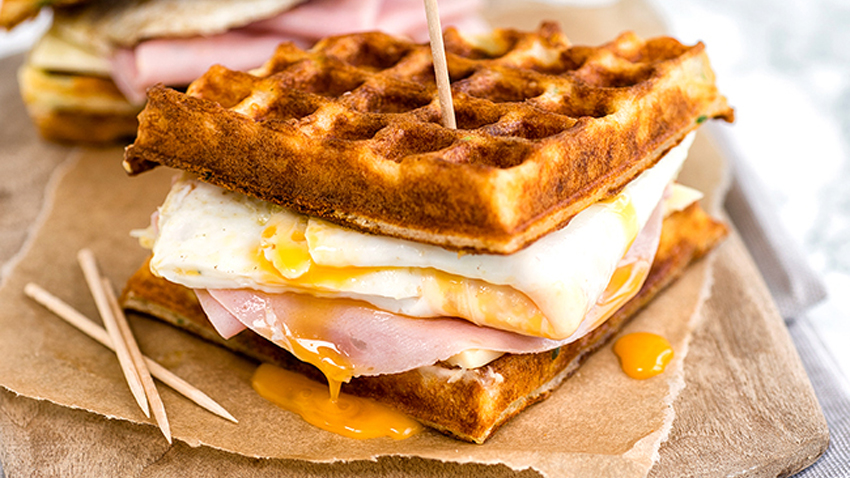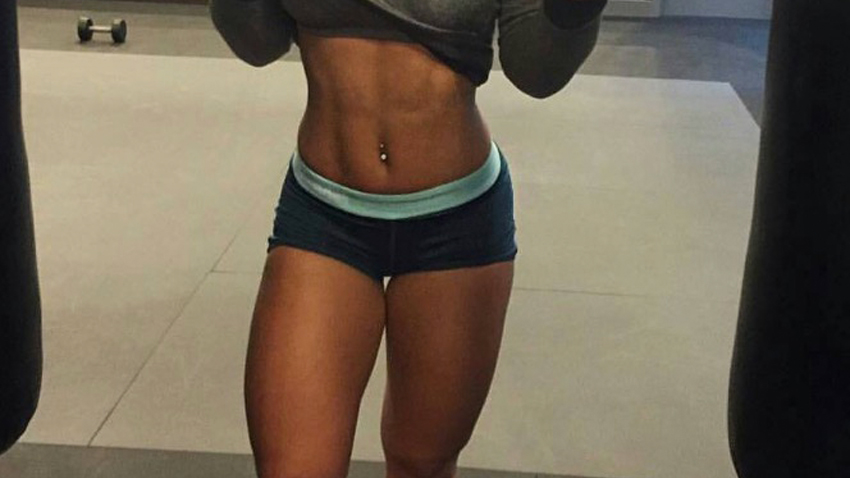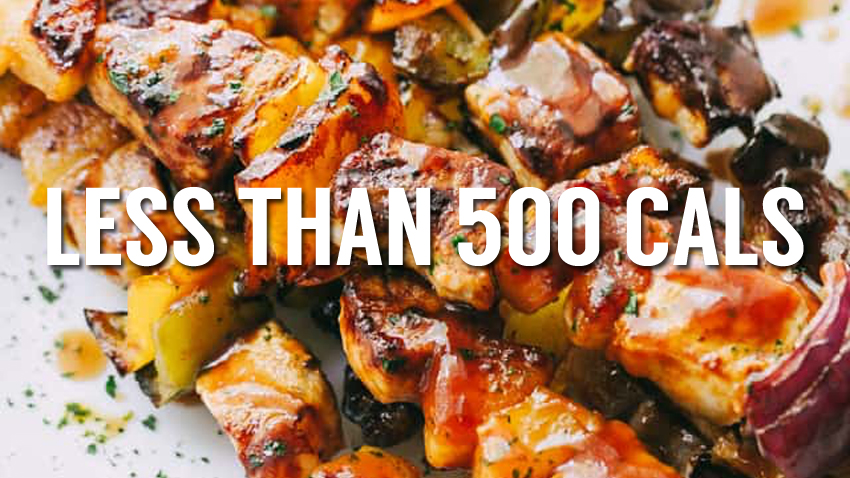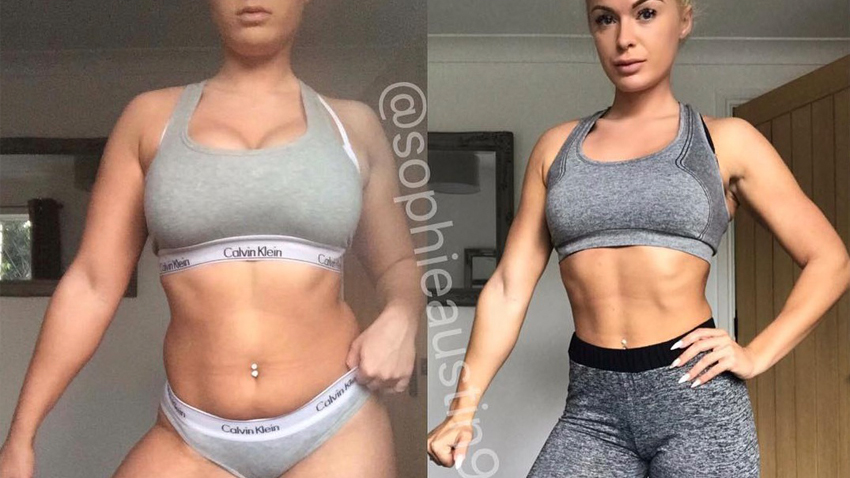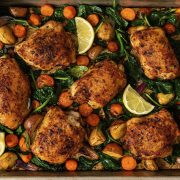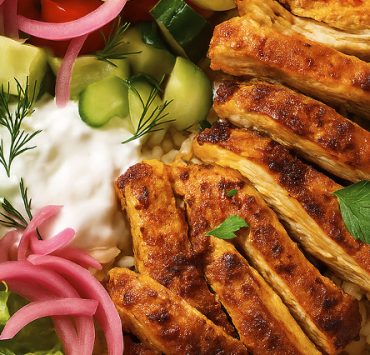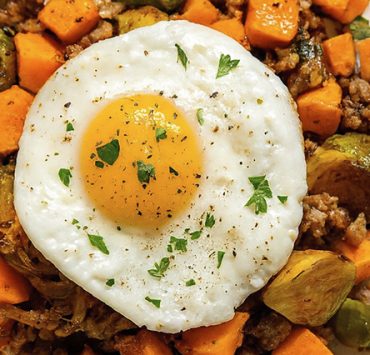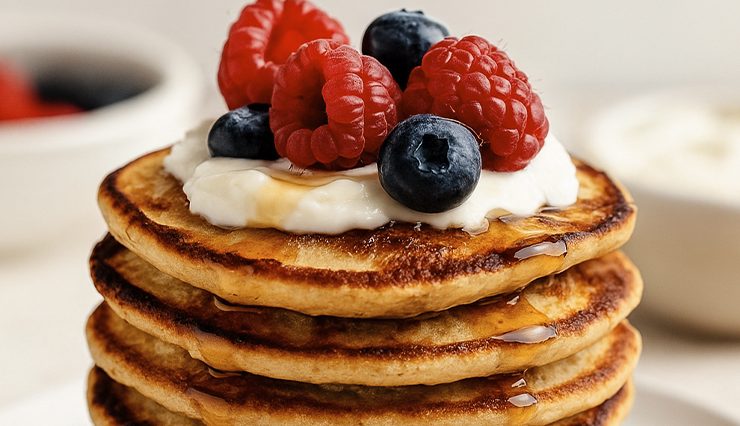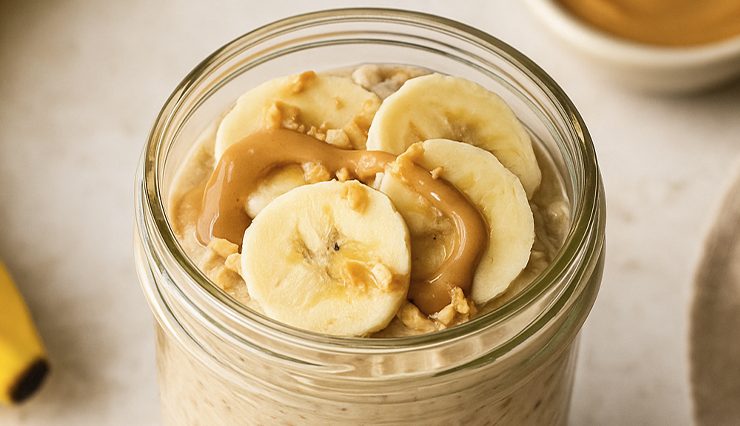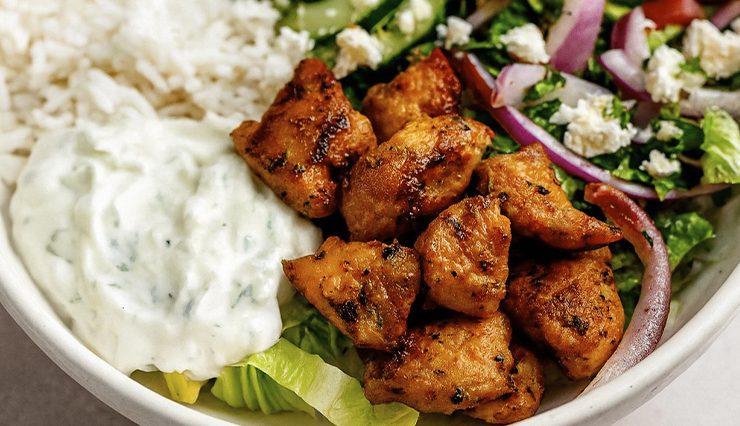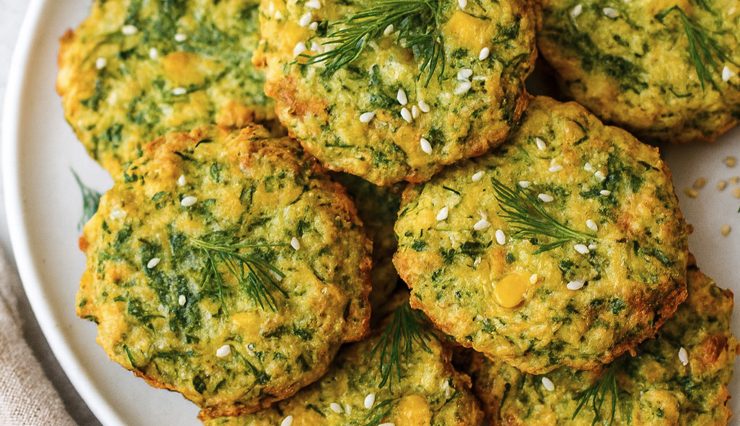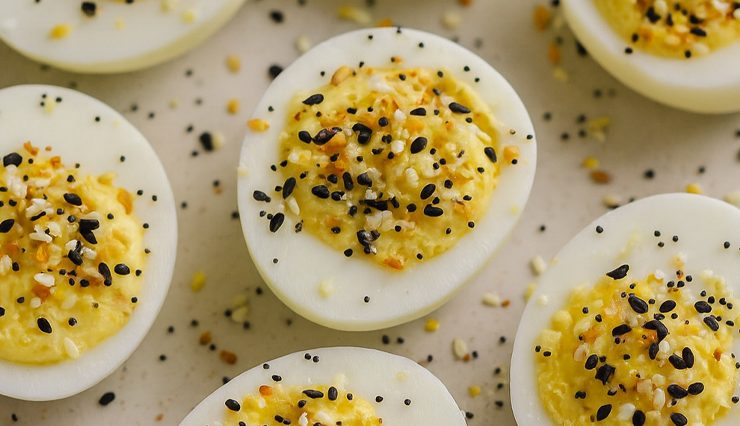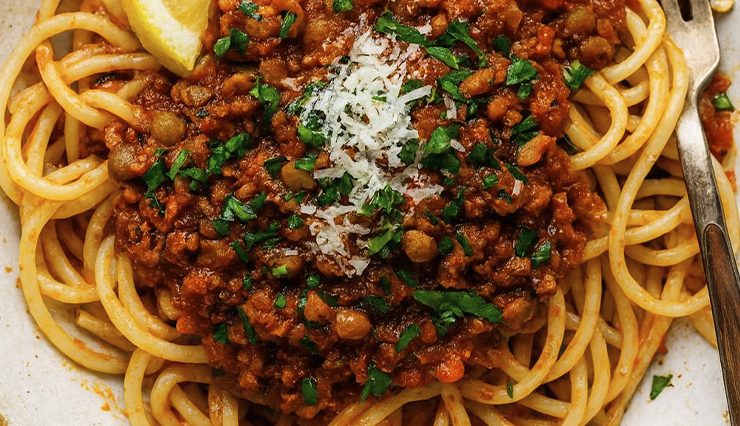How To Use ChatGPT To Build a Weight Loss Meal Plan (Step-by-Step 2025)
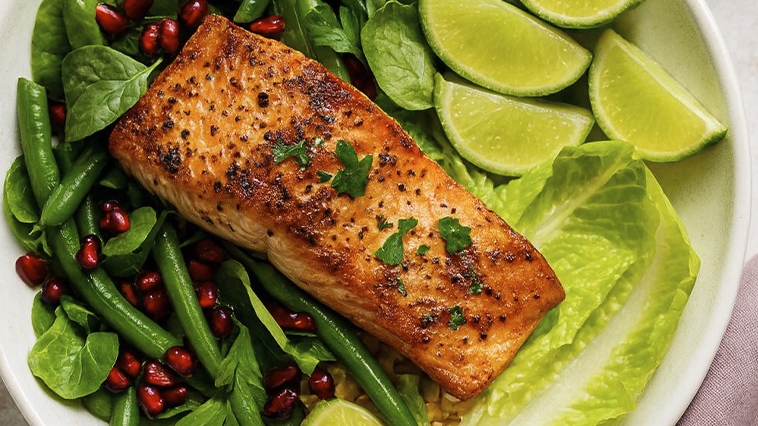
Trimmed&Toned Team.
If you’ve ever stared at your fridge wondering what to cook, or opened a calorie app and felt overwhelmed, welcome home, because you are not alone. Building a weight loss meal plan can feel like a full-time job; tracking macros, counting calories, and making sure meals actually taste good and are what you really want to eat. That’s where AI tools like ChatGPT can be a game changer. Used smartly, it’s like having a personal diet assistant that never sleeps, helps brainstorm recipes, and gives you a plan tailored to your lifestyle that you can actually stick to.
This isn’t about letting a robot run your diet. It’s about using a smart tool to save time, get organized, and help you stay consistent—because consistency is the secret sauce of fat loss. In this guide, we’ll show you exactly how to use ChatGPT to build a weight loss meal plan, from setting clear goals and calorie targets to generating recipes, shopping lists, and weekly meal prep schedules. We’ll also share expert tips, sample prompts, and links to reliable nutrition resources so you can feel confident every step of the way.
For even more inspiration, check out our related resources like AI Grocery List Generator, Best Protein Sources for Weight Loss, and Cheap & Healthy Meal Prep Ideas. They pair perfectly with the strategies you’ll learn below.
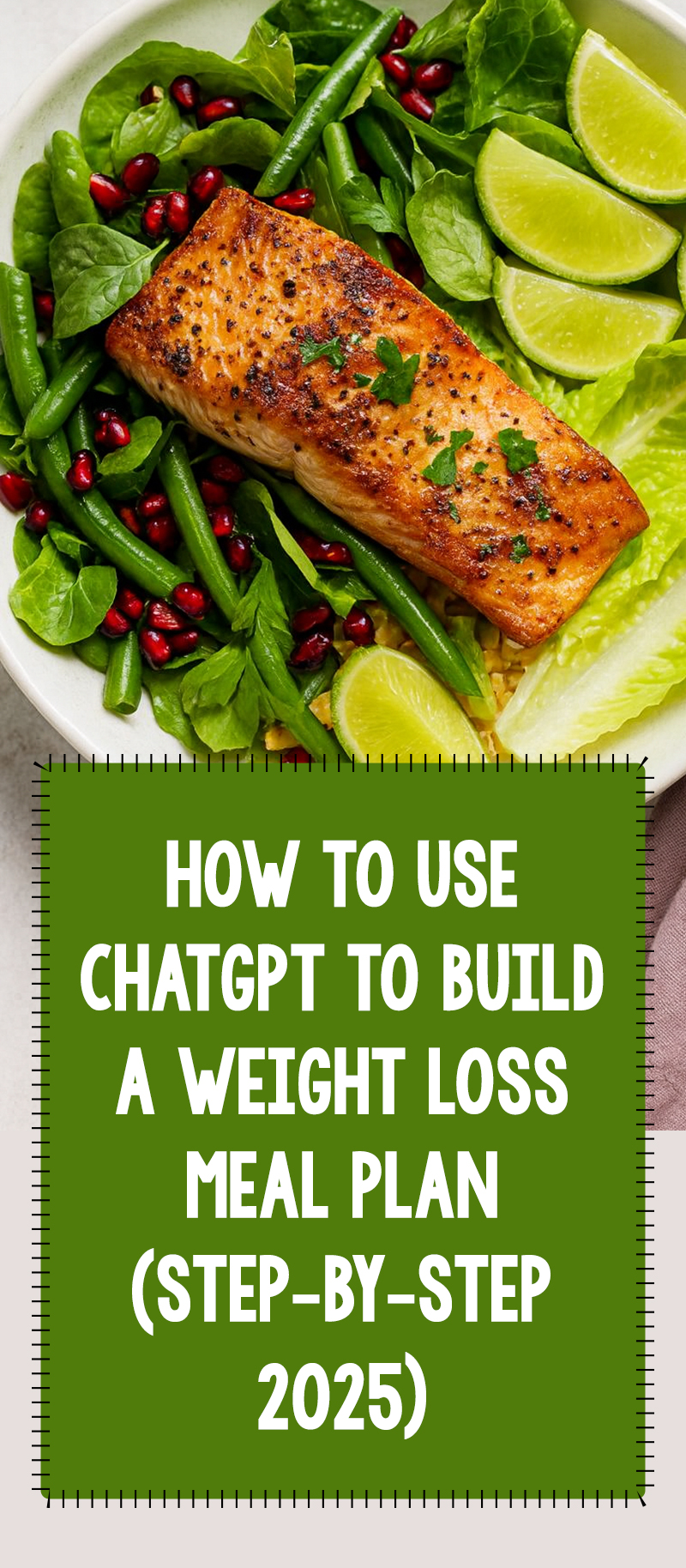
Why Use AI for Meal Planning?
Traditional meal planning takes time: you calculate calories, browse recipes, and create shopping lists. ChatGPT can automate much of that, giving you structured meal plans in minutes. Instead of sifting through dozens of sites, you can ask one tool to combine calorie needs, dietary preferences, and flavor ideas all at once.
The science backs it up: research shows that planning meals in advance improves dietary quality and weight management. By streamlining that planning with AI, you lower friction and increase your odds of sticking to a calorie deficit long enough to see results.
Step 1: Define Your Goal and Calories
ChatGPT can only help if it knows your target. Begin with these inputs:
- Current weight, goal weight, height, age, gender
- Activity level (sedentary, lightly active, very active)
- Preferred rate of loss (typically 0.5–1 lb per week)
You can use a trusted calculator like the NIH Body Weight Planner to estimate calories, or simply ask ChatGPT:
“I’m 35, 5’7″, 180 lbs, moderately active. I want to lose 1 pound a week. What’s my estimated calorie target?”
The AI can then suggest a daily calorie range and macronutrient split (protein, carbs, fats) to aim for, which forms the backbone of your plan.
Step 2: Share Dietary Preferences and Constraints
The beauty of ChatGPT is that it can filter recipes and plans to fit your needs—vegetarian, dairy-free, high-protein, Mediterranean-style, or budget-focused. The clearer you are, the better the output.
Sample prompt:
“Create a 7-day high-protein, 1,700 calorie vegetarian meal plan for weight loss. Each day should include breakfast, lunch, dinner, and two snacks. Make sure each meal has at least 20g protein.”
Want to meal prep on Sundays only? Let it know. Hate cottage cheese? Mention it. The more details, the more personalized the plan.
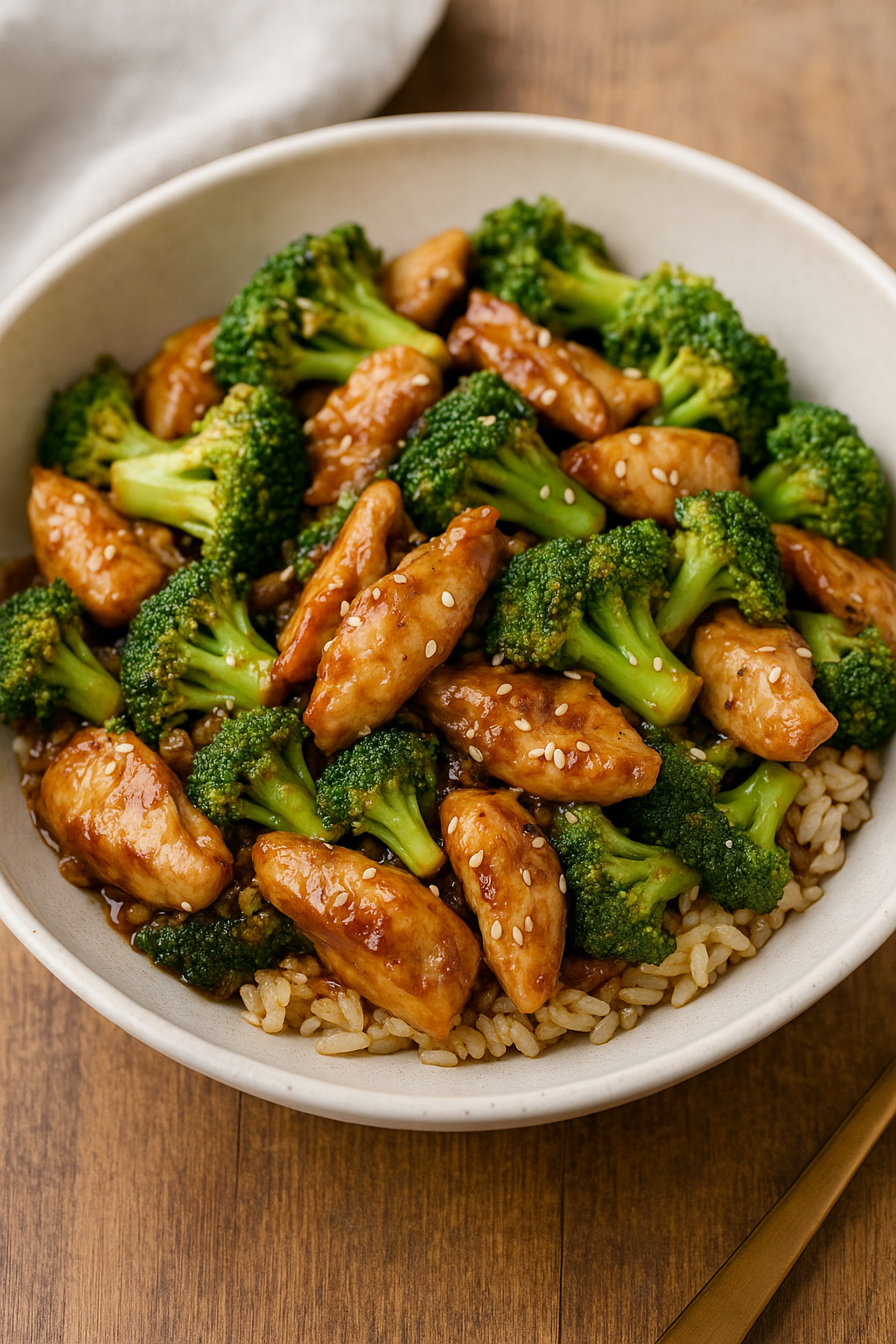
Step 3: Generate Recipes and Grocery Lists
Once ChatGPT has your targets and preferences, ask for specific recipes and a consolidated grocery list. For example:
- “Give me 10 lunch recipes under 400 calories with at least 25g of protein.”
- “Provide a weekly shopping list based on the 7-day plan you created.”
It can even categorize the list by aisle—produce, pantry, dairy—which makes shopping more efficient. For additional ideas, see our low-calorie lunch roundup and high-protein chicken recipes.
Step 4: Build a Weekly Prep Routine
Planning is only half the battle; prep is where many diets fail. Use ChatGPT to structure your cooking days:
“Make me a Sunday meal prep plan that covers lunches and dinners for five days, takes under three hours, and uses no more than 10 unique ingredients.”
You’ll get batch-cooking strategies, storage tips, and reheating instructions—saving you both time and willpower during busy weeks.
Step 5: Track and Adjust
Weight loss is dynamic. As you progress, calorie needs change. Check in weekly with your weight and hunger levels. Then feed the data back to ChatGPT:
“I’ve lost 6 lbs over six weeks and feel hungrier after workouts. Recalculate my calories and update my plan for another 4 weeks.”
This iterative process is key to sustainable fat loss. Pair it with a tracking app like MyFitnessPal or Cronometer for even more precision.
Practical Prompt Ideas to Try
- “Suggest 5 high-protein vegetarian snacks under 150 calories.”
- “Create a 3-day low-carb meal plan for 1,600 calories with a shopping list.”
- “Design a 20-minute breakfast rotation for weight loss using eggs and oats.”
- “Give me 10 dinner recipes under $3 per serving that meet 30g of protein.”
The goal isn’t to copy and paste everything blindly. Use these as starting points, then adjust for taste, budget, and seasonal produce.
Nutrition Science: Why Protein and Fiber Matter
Protein preserves muscle during a calorie deficit and has the highest thermic effect of food—meaning you burn more calories digesting it compared to carbs or fat. Aim for at least 0.7–1.0 g of protein per pound of goal body weight.
Fiber slows digestion, curbs hunger, and supports gut health, which can influence fat loss hormones like ghrelin and leptin.
For deeper science, see our best protein sources guide.
Sample 1-Day ChatGPT Meal Plan (1,700 Calories)
- Breakfast: Greek yogurt parfait with berries and high-fiber granola (~35g protein)
- Snack: Cottage cheese with pineapple (~15g protein)
- Lunch: Lentil & chickpea salad with lemon-tahini dressing (~30g protein)
- Dinner: Grilled salmon with quinoa and roasted broccoli (~40g protein)
- Snack: Chocolate protein smoothie (~25g protein)
Each recipe can be generated by ChatGPT in seconds, complete with ingredient lists and instructions.
Common Pitfalls & How to Avoid Them
- Over-reliance on AI: Double-check macros and ingredients with a trusted tracker or dietitian. AI helps, but your judgment matters.
- Monotony: Rotate recipes every 2–3 weeks to avoid boredom and nutrient gaps.
- Ignoring hunger cues: Weight loss isn’t only math; listen to your body’s feedback and adjust portions if needed.
FAQ: Using ChatGPT for Meal Planning
Can ChatGPT replace a registered dietitian?
No. It’s a powerful planning tool, but not a medical professional. For medical conditions or specialized diets, consult a registered dietitian or doctor.
How accurate are ChatGPT calorie estimates?
They’re estimates based on common databases. Always verify with a nutrition tracker for precision.
Can ChatGPT accommodate food allergies or strict budgets?
Yes—just specify your allergies or budget limits in the prompt, and the AI will generate recipes within those constraints.
Is it safe to follow a ChatGPT meal plan long term?
Yes if you use it as a guide and listen to your body. Adjust calories and macros as your weight and activity change.
Final Thoughts
Using ChatGPT to build a weight loss meal plan isn’t about letting AI decide your health. It’s about leveraging technology to make your healthy choices easier and more consistent. With clear goals, well-structured prompts, and a little creativity, you can save hours each week and focus on what really matters: enjoying nourishing food, moving your body, and living your life.
Start small—maybe one AI-assisted shopping list or a 3-day plan—and build from there. Bookmark this guide, share it with a friend who’s curious about AI for nutrition, and remember that the best diet is the one you can happily stick to for the long run.
Trimmed&Toned Team.

